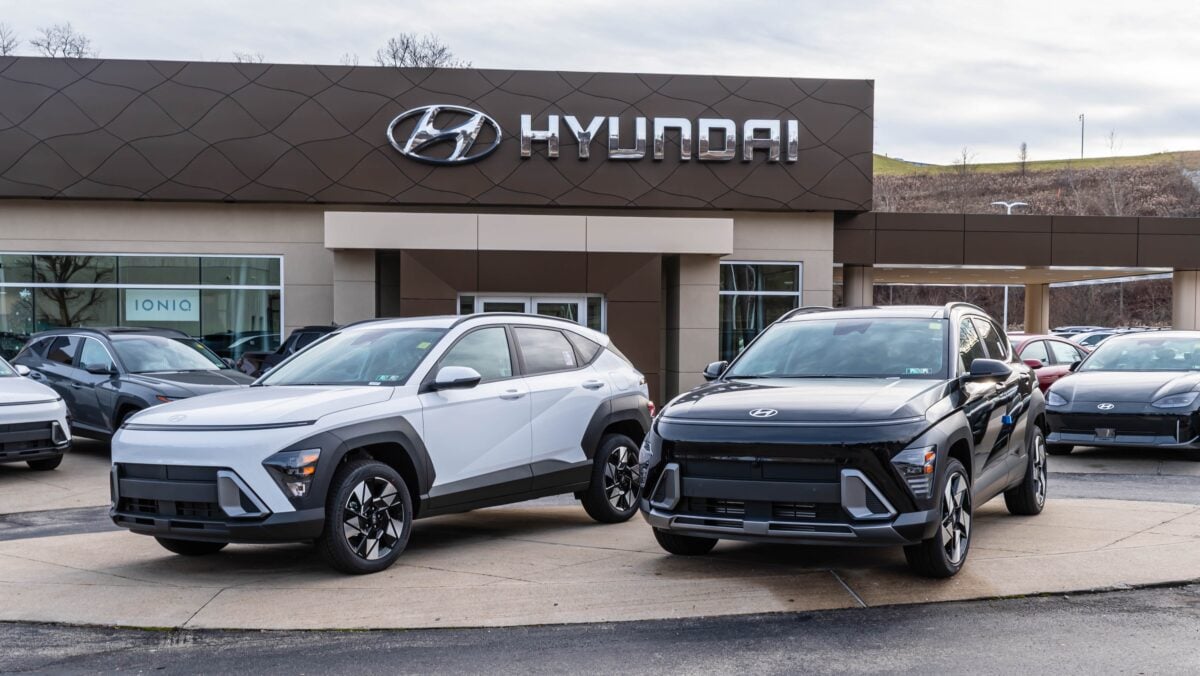TLDRS;
- Hyundai Motor Group surpassed Volkswagen in H1 operating profit, achieving the No. 2 global ranking for the first time.
- Strong U.S. manufacturing investments and agile supply chain management helped Hyundai withstand tariff-related cost pressures.
- Volkswagen’s slower operational adaptability left it vulnerable to trade disruptions despite its larger sales scale.
- New Hyundai-GM partnership aims to strengthen competitiveness in the Americas through pickups, EVs, and compact vehicles.
Hyundai Motor Group has overtaken Volkswagen Group in half-year operating profit for the first time, securing the No. 2 global ranking behind only Toyota.
According to industry data, the South Korean auto giant , which includes Hyundai Motor Co. and Kia Corp. recorded a combined operating profit of ₩13.0 trillion (US$9.4 billion) from January to June 2025.
In comparison, Volkswagen Group posted €6.7 billion (US$7.3 billion) during the same period. The shift reflects Hyundai’s ability to respond quickly to market disruptions, particularly those stemming from U.S. trade policies and tariff measures.
Aggressive U.S. Investments Shield Hyundai from Tariff Pain
Contents
A key driver of Hyundai’s earnings leap is its aggressive localization strategy. The automaker has committed to $21 billion in U.S. investments between 2025 and 2028, including a $5.8 billion steel mill in Louisiana expected to create over 100,000 jobs.
By manufacturing more vehicles locally, Hyundai has reduced its exposure to tariffs that can add up to $4,700 per imported vehicle.
Volkswagen, which remains more dependent on imports for the U.S. market, has been more exposed to these trade costs. The result: Hyundai maintained profitability despite a modest 10% year-on-year decline in operating income, while some rivals faced steeper drops.
Operational Agility Becomes a Competitive Edge
The automotive industry is in the midst of a structural shift where operational flexibility is becoming as important as market share.
Hyundai’s ability to adjust inventory, manage production, and navigate supply chain challenges has allowed it to outperform legacy giants with slower-moving infrastructures.
Volkswagen, historically known for higher margins, hitting a record 13.2% in 2012, has struggled to replicate that performance under current trade conditions. Hyundai’s targeted 8% operating margin goal by 2025 stands in stark contrast to the industry’s downward trend toward 2.5%.
Strategic Partnerships Bolster Long-Term Competitiveness
Beyond its financial performance, Hyundai is laying the groundwork for sustained growth. On August 7, the company announced a major collaboration with General Motors to co-develop five vehicle models for the Americas.
The lineup will include pickups, a compact car, a small SUV, and an electric commercial van. Production, starting in 2028, is expected to exceed 800,000 units annually.
The partnership will help Hyundai further mitigate tariff risks by leveraging GM’s North American manufacturing footprint while sharing technology development costs. Analysts note that while such alliances face execution challenges, focused cooperation on specific technologies or platforms can yield long-term benefits.
With its strategic investments, flexible operations, and expanding global alliances, Hyundai has not only surpassed Volkswagen in the earnings race but also positioned itself to maintain this advantage in the face of volatile trade policies and shifting industry dynamics.


